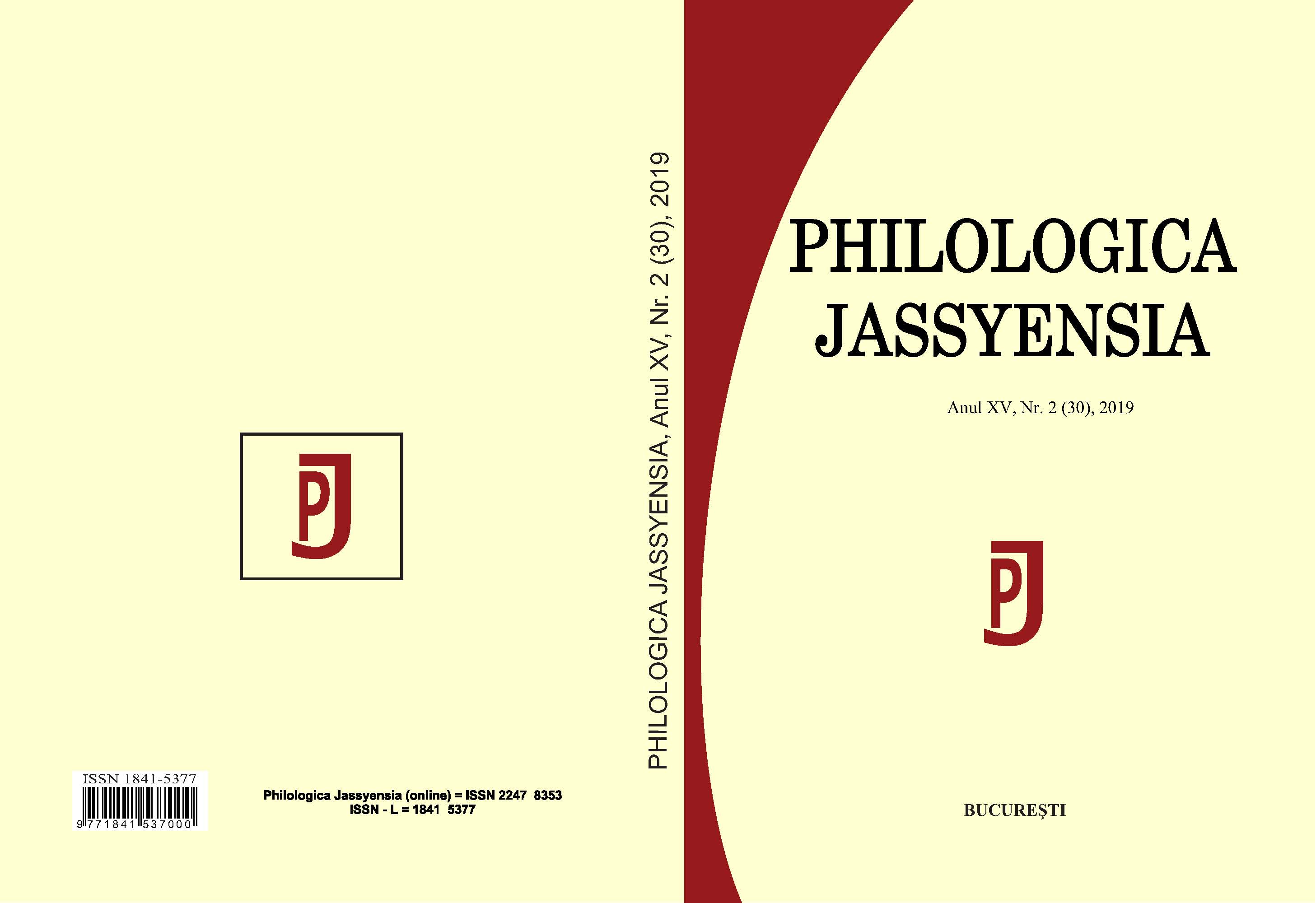Lexiconul de la Moscova în raport cu celelalte lexicoane slavo-române din secolul al XVII-lea
The Moscow Lexicon compared to the other Slavonic-Romanian lexicons from the 17th century
Author(s): Mădălina Ungureanu, Ana-Maria GînsacSubject(s): Philology
Published by: Editura Tracus Arte
Keywords: bilingual dictionaries; Pamvo Berynda; Church Slavonic-Romanian lexicography; 17th century; the Moscow Slavonic-Romanian Lexicon;
Summary/Abstract: The group of the Slavonic-Romanian lexicons from the 17th century comprises six bilingual dictionaries, which have as a model, directly or through an intermediary, the Slavonic-Ruthenian Lexicon of Pamvo Berynda (1627). These texts, which represent the most consistent part of the Romanian bilingual lexicography of the time, are less investigated. One of the aims of this study is to provide new data on the Slavonic-Romanian Lexicon kept in the Russian Archives of Old Documents from Moscow.The Moscow Lexicon contains 282 leaves, in a single column, with about 14–16 rows per page, written by the same hand. The lexical inventory comprises two lists, the first one between fol. 1r and 259v, and the second between fol. 260r and 283v. However, scholars have so far discussed the Moscow Lexicon via just a few words reproduced by Ciobanu (1914). Implicitly, this practice has led to some erroneous conclusions. We aim to establish the place of the Moscow Lexicon among the 17th century Slavonic-Romanian lexicons, based on the comparative study of the entries under the letter g. Compared to Berynda’s Lexicon, the compiler of this lexicon uses the same “lexicographical” technique followed in the other Slavonic-Romanian dictionaries from the same century. Therefore, the Moscow Lexicon shares similarities to Staico’s Lexicon and another lexicon comprised in Ms.3473 (Romanian Academy Library). By comparing the list under g, as well as the alphabetical layout of these three lexicons, we have found that the Moscow Lexicon is closer to Ms.3473; however, instances are suggesting that Staico’s Lexicon could be one of its sources. However, the comparison indicates a complicated relationship between these three bilingual dictionaries, which can be clarified only based on the exhaustive study of the texts, in a comparative edition.
Journal: Philologica Jassyensia
- Issue Year: XV/2019
- Issue No: 2 (30)
- Page Range: 245-258
- Page Count: 15
- Language: Romanian

